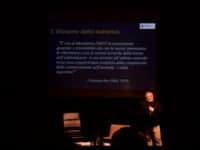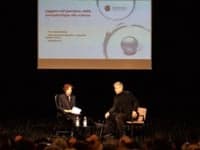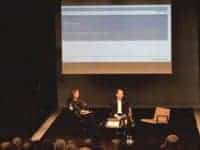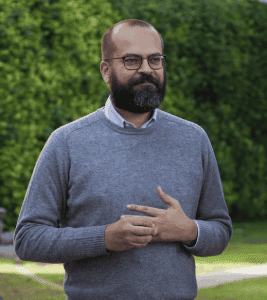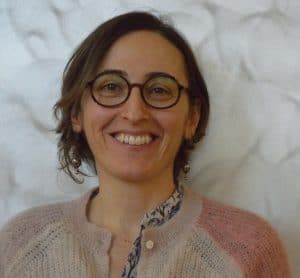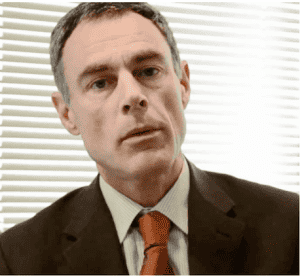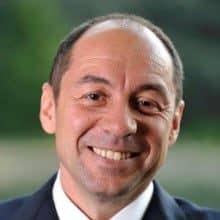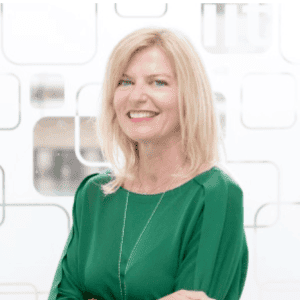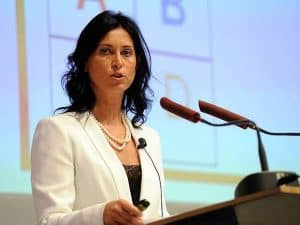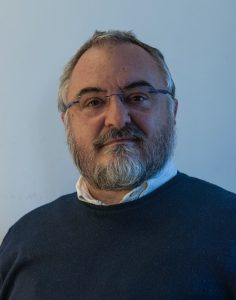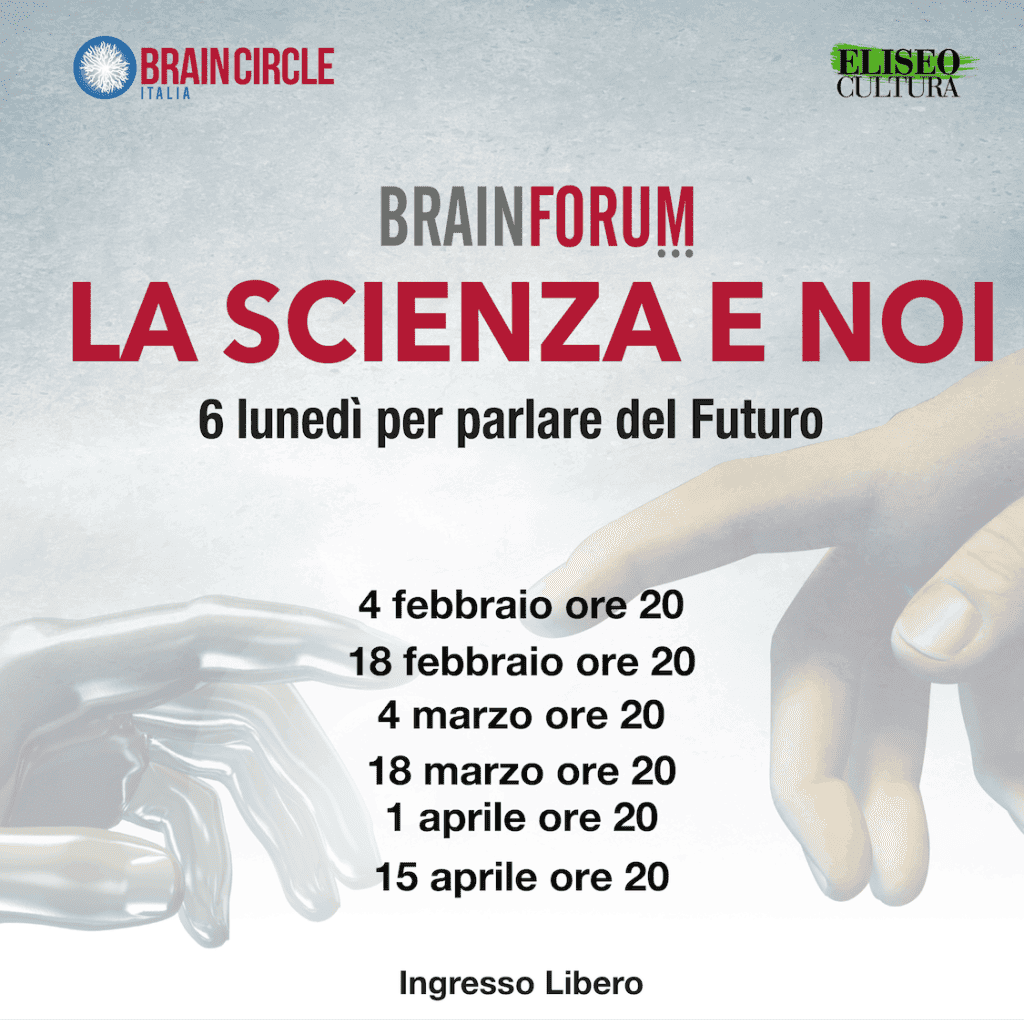
The long-awaited series of meetings with La Scienza e Noi resumes, at the Piccolo Eliseo in Rome, in which internationally renowned experts and scientists, interviewed by Viviana Kasam, address a heterogeneous audience (enthusiasts, researchers, young people) to transmit, through the language of theatre, not from “experts”, the emotion and beauty of science.
Also in this edition Science and Us invited six speakers of great national and international importance to talk about the most cutting-edge research and how it will transform the daily lives of each of us.
February 4th, 8pm – Our future comes from the intelligence of plants
Plants demonstrate intelligence, sociability and family care and photosynthesis is an extremely complex intelligent activity. The intelligence of plants today also inspires robotics research which, by imitating the capabilities of the root system, is developing new robots for soil monitoring and the exploration of impervious environments.
Speakers of this event: Renato Bruni and Barbara Mazzolai.
February 18th, 8pm – From impossible languages to the sound of thought: a journey into neurolinguistics
The structure of human language is different from that of any other animal. For this reason, neurolinguistics is today one of the most studied disciplines in neuroscience. There are many questions that crowd in: is the structure of language conventional and arbitrary or does it follow a biologically determined guide? What do we know about the relationship between grammar and the brain? What happens to the sound of words when the language remains in the mind?
Speaker of this appointment: Andrea Moro.
March 4th, 8pm – Does time only exist in our brain?
Domenica Bueti and Mauro Dorato will discuss a fascinating topic: the existence of time. According to many physicists today, absolute time does not exist, it is just an illusion. According to neuroscientists, without the assumption of time, identity and self-awareness would not be formed.
Can we imagine a timeless world?
March 18th, 8pm – Magic, brain and mathematics: how numbers govern our thinking
A conference-show dedicated to numbers, with a show of intriguing magic games based on mathematical principles, presented by the scientist Antonietta Mira, and commented by one of the most well-known and authoritative Italian neuroscientists, Giorgio Vallortigara.
Antonietta Mira, professor of Statistics at the University of Italian Switzerland, USI, and the University of Insubria, is passionate about magic tricks based on mathematical principles and has published, with the master Vanni Bossi and the engineer. Francesco Arlati, the volume Mate-Magica (Aboca). The most attentive and curious spectators of her magic games are the children hospitalized in pediatrics at the San Matteo Polyclinic in Pavia that Antonietta visits as a volunteer clown-doctor of the Compagnia del Sorriso ONLUS. The educational expedient of math-magic is very effective: the prestige, created by simple mathematical regularities, motivates the spectator to understand the underlying mathematics in order to reproduce the game and, in turn, surprise, thus multiplying the amazement infinitely.
Always with the aim of scientific dissemination, Antonietta created, together with L’ideatorio dell’USI, an exhibition to make concepts of mathematics, probability and statistics popular and fascinating that are too often considered difficult, boring or useless. The exhibition, “Let’s give the numbers!”, was inaugurated in Lugano three years ago and is now touring around the world.
Giorgio Vallortigara, full professor of Neuroscience and Deputy Director of the Center for Mind/Brain Sciences of the University of Trento, will start from Antonietta Mira’s performance to tell how mathematics is born in the brain. Even animals can count. In recent years there has been a crescendo of results in research on the numerical abilities of other species: chicks that count, bees that understand what zero is, monkeys that do additions and subtractions… But the ability for abstract calculation is only human. How did we develop it? Is it already in our brain at birth, therefore transmitted genetically, or is it learned from very early childhood? In our evolutionary line, why have we refined our calculation skills? In the brain, so-called “number neurons” have been identified. What does all this mean? Do we need to rethink the origin and evolutionary history of numerical abilities? And in what way, and for what reasons, do human beings remain different from other animals, having alone developed the imposing edifice of mathematics?
An evening of science and entertainment to understand one of the most fascinating mysteries of the brain.
April 1st, 8pm – Reading minds: from parapsychology to science
“All mankind can do is move its muscles, whether to cut down a forest or to whisper or write down a philosophical concept.” This phrase, adapted by Charles Sherrington, a great neuroscientist of the 1930s, is put to the test, in the new millennium, by technologies capable of reading some (simple) things inside our heads.
Moving things with thought is no longer the prerogative of magicians: today scientists study it to help, in the near future, people with non-functioning limbs and, in a more distant future, to interact naturally with intelligent machines from which we will be surrounded.
The media and science fiction have accustomed us to ideas such as being able to move things with our thoughts, being able to “read” people’s thoughts, being able to control artificial limbs with mental will alone. Just think of any episode of X-men with the powers of the different super-heroes.
In this chat with prof. Fabio Babiloni, professor of neuroscience and bioengineering at the Sapienza University of Rome, will address the topic of how it is currently possible for science to interpret and recognize some simple “thoughts” of humans and the animals closest to us (primates).
We will also talk about how we managed to decode the brain activity of people in a vegetative state in real time and how we can communicate, in a very simplified way, with people who are unable to move a muscle in their body due to of progressive degenerative diseases.
We will talk about the dream of moving artificial limbs with thought, in order to restore mobility to people who have lost it, or dexterity to people who no longer have hands, as well as the possibility of moving objects with thought.
Lastly, we will talk about how much this “reading” of our minds can make us interact in the near future with work environments (planes, cars, control rooms of subways and railways) and how much science still separates us from the expectations that instead science fiction suggests us as next.
April 15th at 8pm – Blockchain: there is more than bitcoin
We have become accustomed to hearing the name blockchain in relation to bitcoins, but today its uses are numerous and its potential is significant for the daily life of each of us, because this technology is contributing to changing some of the principles underlying our society and above all to basis of the concept of property.
Guest of the evening Renato Grottola, M&A and Digital Transformation Director of DNV GL – Business Assurance, one of the main certification bodies worldwide, present in over 100 countries to assist companies and guarantee the efficiency of organizations, products, personnel, and of structures and supply chains through certification, verification, evaluation and training services.
Literally “chain of blocks”, the blockchain is a shared and immutable data structure. A digital register whose entries are grouped into “pages” (called blocks), linked in chronological order and whose integrity is guaranteed by the use of cryptograms and mathematical algorithms. Its content, once written, can no longer be modified or eliminated, unless the entire structure is invalidated. The blockchain thus guarantees everyone the possibility of having, in total transparency, data recorded in immutable archives in the public domain. A sort of digital ledger, without the need for intermediaries to guarantee its validity.
This is fundamental, for example, with respect to the very concept of property. Ownership has always been based on the registration of “who owns what” guaranteed by a central authority – such as a bank or a government office – in which everyone places trust and which plays a mediator role in every transaction. It is the authority’s responsibility to ensure, for example, that houses are not sold by those who do not own them. The blockchain has introduced a new transparent and decentralized way of recording financial transactions (or any data), effectively introducing a new concept of trust. Trust is no longer based on a central register, but on the dissemination, transparency and possibility of access to information.
The incorruptibility that characterizes the blockchain, together with its ability to allow interaction between different platforms and ecosystems, also thanks to the IoT (Internet of Things), makes it an ideal technology to be used even outside of exchanges financial. Some applications are already on the market and concern the wine and agri-food sectors, but also the luxury, healthcare and automotive sectors. A technology that will increasingly influence our daily lives, capable of changing the way in which goods are produced and distributed, allowing greater direct control over supply chains, but also with enormous potential to change the relationship with public administration.
The real challenge now is to make it a mass technology to multiply its benefits. Grottola will explain how blockchains were born and what the future prospects are.

